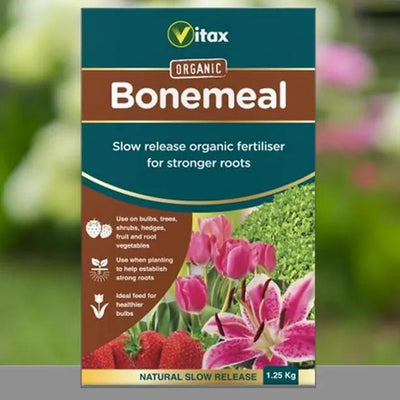Cosford Hazelnut / Cobnut Trees
Cosford is a "quality over quantity" variety, probably the most widely cultivated hazelnut for harvesting, and the plants on this page are grown as cropping trees on a short leg or bush trunk, not as hazel hedging. They have a relatively easy to crack shell.
Hazels have nice Autumn colour and pretty yellow catkins on the bare branches in winter, which open around February as an early food source for bees.
Browse our nut trees, fruit trees, or ornamental garden trees.
Delivery season: Hazelnut trees are delivered bareroot during late autumn and winter, approximately November-March inclusive.
Features
- Height: To 4m
- Soil: Any well drained: poorly fertile, light and sandy or rocky is best
- Great crop for inferior soils
- Yellow catkins on the branches in winter
- Harvest: September
- Bareroot delivery only: November-March
Growing Cosford Hazelnuts
Hazelnuts crop best in full sun or light shade on quite light or rocky soil with moderate-to-low fertility.
Rich, fertile soil will encourage more woody growth, not fruit.
Suitable for large containers designed for trees.
Hazelnuts can be eaten when they're still green, or stored to dry and turn brown for the best flavour.
Hazel is usually not self fertile and requires a pollination partner, because the male catkins and female flowers on a given plant tend to open at different times.
However, Hazel is such a common tree and hedge plant in the UK that there is almost always a local partner, but to ensure full pollination you can use any other hazelnut: we recommend the lovely purple Filbert.
Cosford itself is an excellent pollinator for other varieties.
History & Trivia
A Cobnut is any cultivated variety of the common hazelnut, Corylus avellana, so a "Cosford Hazel" and a "Cosford Cob" are the same thing.
In some areas, Cobnut used to refer specifically to the fresh nuts rather than the dried, but these days it's less common to eat fresh hazelnuts, unless you happen to be a squirrel, so the distinction is no longer significant.

 Secure, One-Tap Checkout
Secure, One-Tap Checkout
 Hand Picked, Delivered to Your Door!
Hand Picked, Delivered to Your Door! 1 Year Bareroot Guarantee
1 Year Bareroot Guarantee













